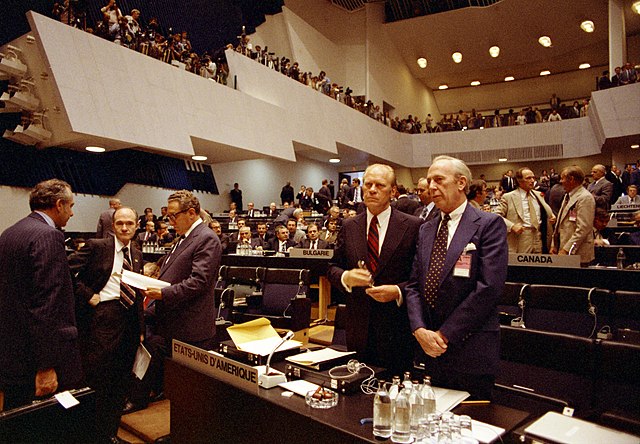Enlargement of the European Union
The European Union (EU) has expanded a number of times throughout its history by way of the accession of new member states to the Union. To join the EU, a state needs to fulfil economic and political conditions called the Copenhagen criteria, which require a stable democratic government that respects the rule of law, and its corresponding freedoms and institutions. According to the Maastricht Treaty, each current member state and the European Parliament must agree to any enlargement. The process of enlargement is sometimes referred to as European integration. This term is also used to refer to the intensification of co-operation between EU member states as national governments allow for the gradual harmonisation of national laws.
The European Commission, which plays a central role in the enlargement process.
The Iron Curtain's fall enabled eastward enlargement. (Berlin Wall)
The European Union (EU) is a supranational political and economic union of 27 member states that are located primarily in Europe. The Union has a total area of 4,233,255 km2 (1,634,469 sq mi) and an estimated total population of over 448 million. The EU has often been described as a sui generis political entity combining the characteristics of both a federation and a confederation.
Treaty of Paris (1951), establishing the ECSC
Signing ceremony of the Treaty of Rome (1957), establishing the ECC
Gerald Ford and the American delegation at the CSCE (1975)
Maastricht Treaty (1992), establishing the EU






